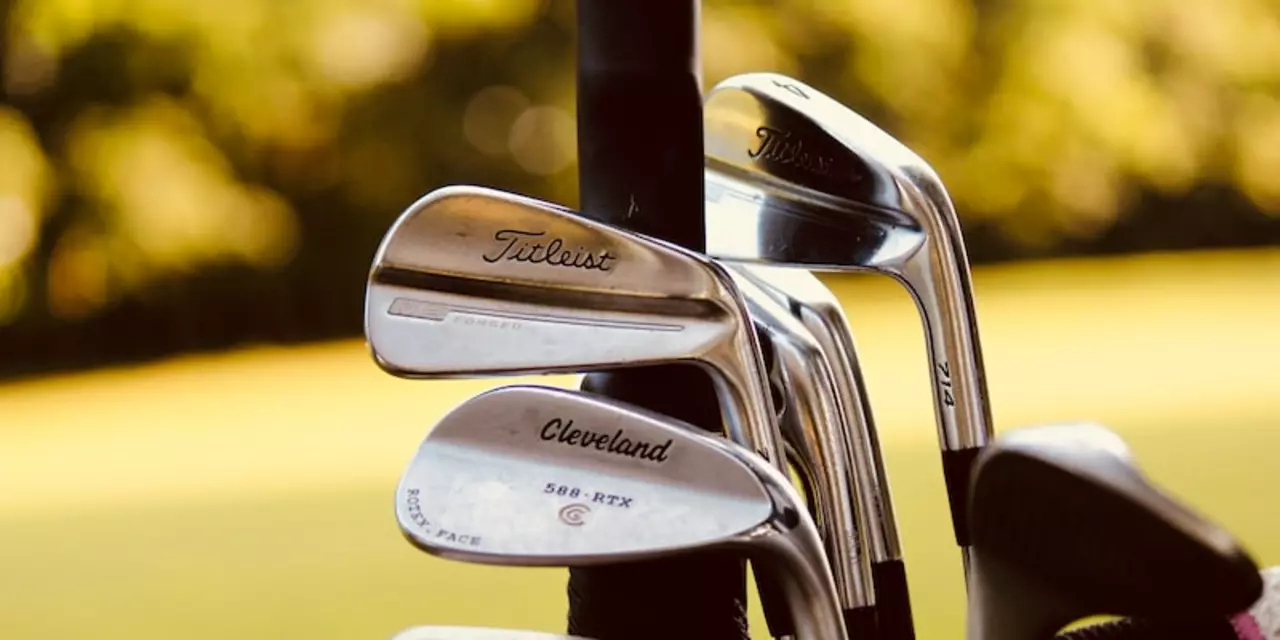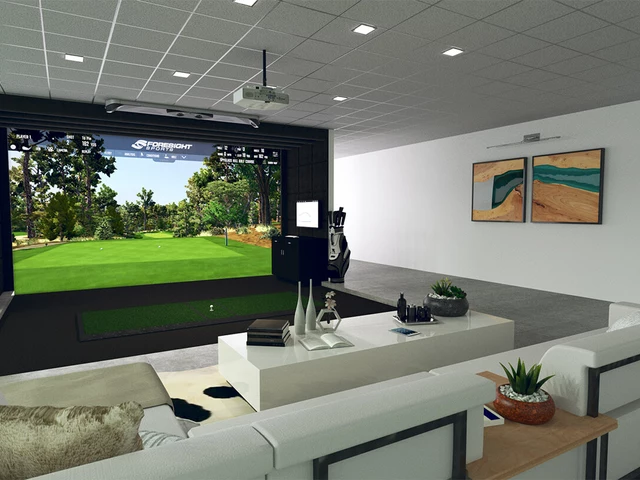Clubs – How to Choose the Right Golf Club for Your Game
When talking about clubs, the primary tools that let a golfer hit the ball, ranging from drivers to wedges. Also known as golf clubs, they are essential for performance on the course. Clubs encompass several sub‑categories: drivers launch the ball long and low, irons provide control from the fairway, and wedges fine‑tune the short game. Each type has a specific loft, shaft length, and head design, which together shape ball flight. Because the equipment directly influences distance, accuracy, and feel, selecting the right combination is as important as practicing the swing itself. This first step sets the stage for everything else: a well‑matched set of clubs lets you play closer to your true ability, while mismatched gear can mask progress and cause frustration.
Key Factors When Selecting Clubs
One of the biggest decisions revolves around brand, the manufacturer whose reputation, technology, and warranty affect the overall value of the set. High‑profile names like Titleist, Callaway, and TaylorMade often deliver cutting‑edge materials and tighter tolerances, which can translate to more consistent performance. However, budget‑friendly brands such as Ram or Wilson also produce solid options for beginners who are still building swing fundamentals. Brand choice influences not only durability but also resale value and availability of custom fitting services. Speaking of fitting, a proper club fitting, a session where launch monitors and swing analysis tools determine the optimal shaft flex, length, and grip size can unlock hidden distance and accuracy. Many courses and pro shops now offer fitting packages that use indoor simulators like SkyTrak to capture launch angle, spin rate, and ball speed in real time. These data points let you fine‑tune each club to match your swing speed and preferred ball flight, turning a generic set into a personalized performance tool.
Beyond brand and fitting, practical considerations shape the final decision. For instance, the height of rubber tees at the driving range often prompts players to experiment with different tee heights, helping them discover the launch conditions that work best with their driver. Some golfers even choose to wear caps backwards for comfort while practicing, although traditional etiquette suggests a forward‑facing hat on the course. Age limits for operating golf carts (typically 14‑16 years old) can affect how younger players experience a round and therefore which clubs feel comfortable in their hands. All these peripheral factors—tee height, attire, cart policies—feed back into club selection because they affect how you approach each shot. By understanding the interplay between equipment, personal comfort, and on‑course logistics, you can build a set of clubs that feels natural, supports steady improvement, and fits your budget.
Below you’ll find a curated collection of articles that dive deeper into each of these topics. From brand comparisons and fitting guides to practical tips about range etiquette and gear for beginners, the posts are designed to give you actionable insights. Keep reading to see how the right clubs can elevate your game and how small adjustments in gear choice can make a big difference on the fairway.

How do you put golf clubs on a plane?
When traveling with golf clubs, it is important to know how to properly pack them for the plane. It is recommended to use a hard-shell golf club travel bag, as these provide the most protection. Additionally, it is best to wrap the clubs in bubble wrap or other protective material to ensure further protection. When boarding the plane, it is important to make sure that the clubs are properly stored so they do not move during the flight. Finally, when traveling with golf clubs, make sure to check with the airline regarding any additional fees for bringing the clubs on board.
Categories
- Sports & Recreation (5)
- Business (4)
- TV & Entertainment (2)
- Language Learning (1)
- Automotive Reviews (1)
- Golf Travel Tips (1)
- Golfing Regulations and Rules (1)
- Golf Equipment Reviews (1)
- Sports and Lifestyle (1)
- Sports Equipment Reviews (1)


